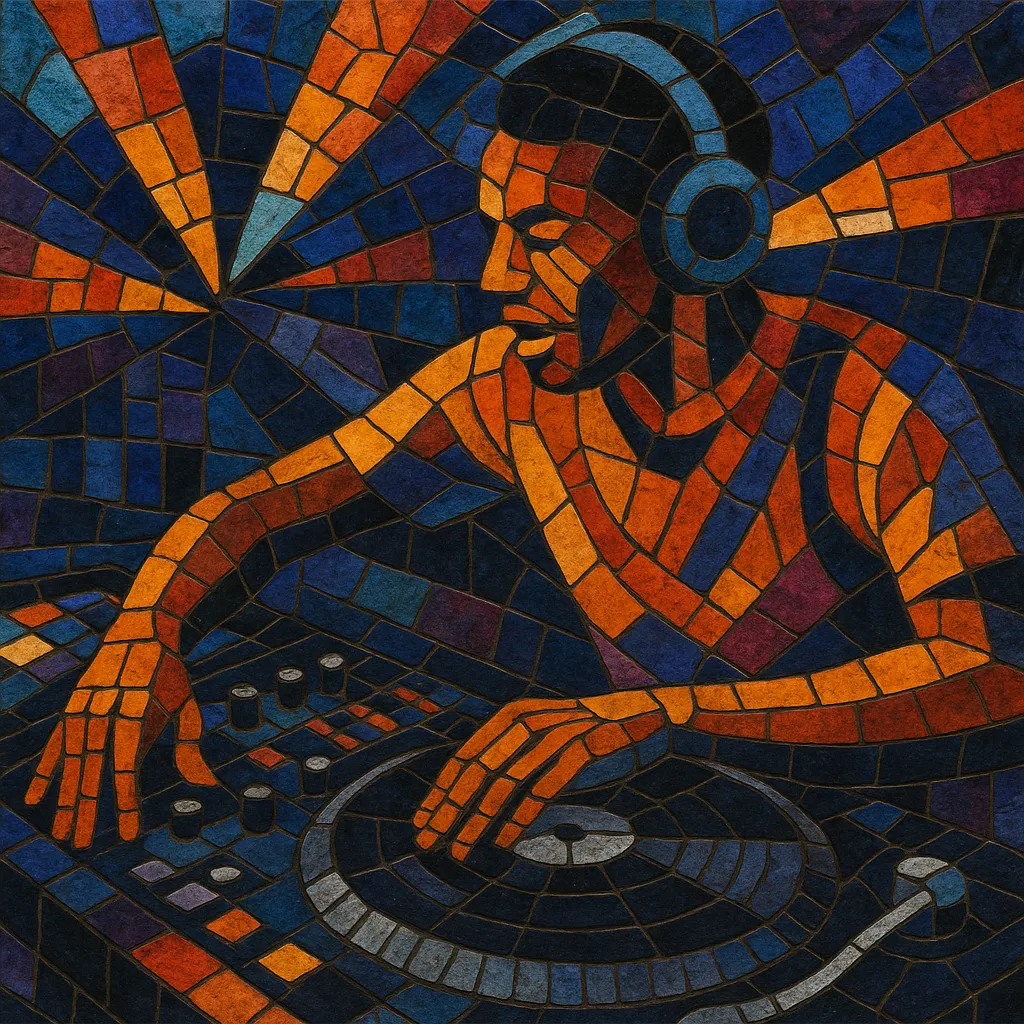
Jackin house is a funky, sample-driven strain of house music that emphasizes swing, syncopation, and feel-good dance-floor energy. It typically runs around 122–128 BPM and revolves around bouncy basslines, shuffling hi-hats, clipped claps on the 2 and 4, and chopped vocal snippets drawn from classic disco, funk, and soul.
The “jackin” tag points back to Chicago’s original house ethos—the physical act of ‘jacking’ your body—while the production aesthetic leans on tight loop-work, filter sweeps, and groove-forward drum programming. Compared with deeper or more minimal styles, jackin house favors upfront rhythm, playful edits, and punchy, DJ-friendly arrangements designed to keep momentum high.
Jackin house grows out of Chicago house’s earliest club culture, where DJs leaned into funk and disco records, drum machines, and the physicality of the ‘jack.’ While the term “jackin” echoes the 1980s, the sound coalesced as a distinct, sample-forward approach during the 1990s. Producers in Chicago and beyond refined a style that highlighted shuffling grooves, looped funk/disco riffs, and chopped vocals.
Through the 2000s, a network of labels and DJs centered in Chicago, the U.S. West Coast, Toronto, and the U.K. pushed the style forward. Boutique imprints specialized in jacking releases, nurturing a scene that overlapped with funky house and the groovier edges of deep/tech house. The sound became identifiable for its filter work, punchy drum programming, and DJ-friendly structures.
In the 2010s, a new wave of producers revitalized jackin house with modern production sheen, tighter low-end, and crisp sampling. The style cross-pollinated with tech house and G-house, while retaining its hallmark swing and disco/soul sampling. Today, jackin house remains a reliable club staple—retro in flavor but contemporary in impact.

